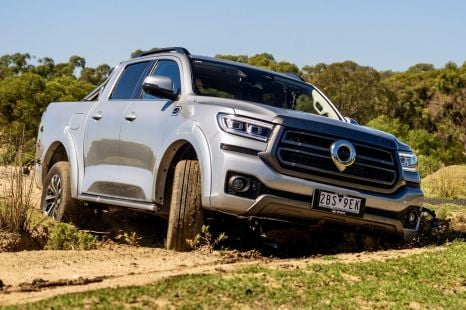

Max Davies
2026 GWM Cannon Ultra review
6 Days Ago
We've all complained about drivers coming the other way with fog lights on in broad daylight. When is it legal to use them?

Senior Contributor
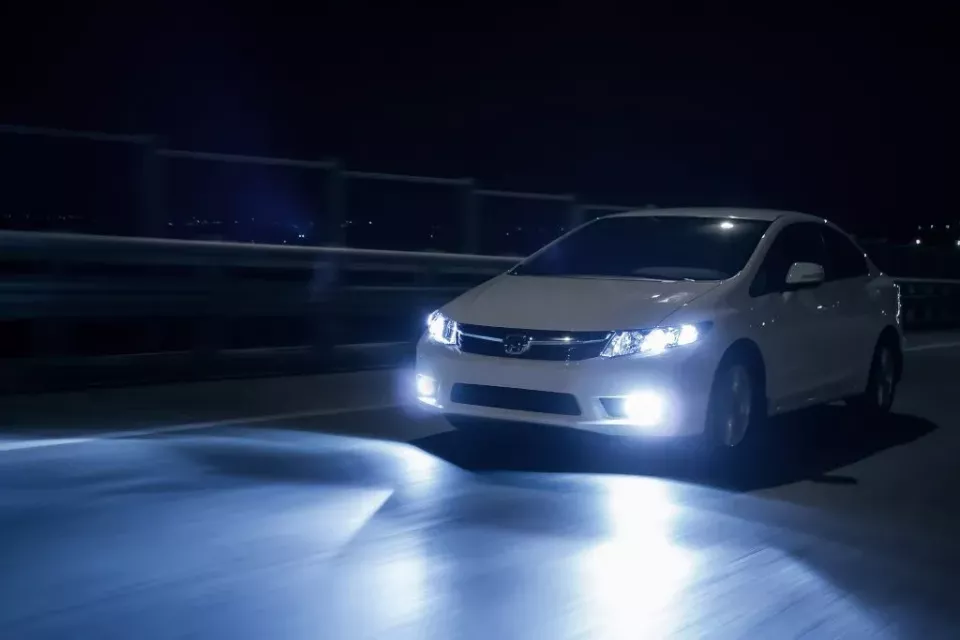

Senior Contributor
Seeing the road is important but keeping your fog lights on when it’s not actually foggy can be dangerous – those lights can be temporarily blinding to other road users.
It’s no surprise, then, that there are strict rules against having your foggies on all the time. Here’s a rundown:
A lot of these state laws are based on the model rules laid out in the Australian Road Rules, published by the Parliamentary Counsel’s Committee – in other words, these are guidelines that states set their own standards upon. Indeed, the ARR document states “These Rules do not, by themselves, have any legal effect”.

So it will be up to the local jurisdiction to decide what “hazardous weather conditions” are. They may be different from area to area, but the ARR definition of normal weather conditions are “not hazardous weather conditions causing reduced visibility”.
The NSW Government’s road safety rules state that: “You must only use your fog lights in fog or rain, or when other conditions limit your vision, such as smoke or dust.
“Once conditions improve and you can see more clearly, you must switch the fog lights off. If your vehicle does not have fog lights, you can use your low beam headlights and hazard lights in fog or rain.”
Use them in an incorrect manner and you could cop a $129 fine.
The Victorian road rules state: “Fog lights should only be used in hazardous weather conditions. Drivers should familiarise themselves with the dashboard warning symbols so that they do not inadvertently switch these lights on.”
Use your foggies incorrectly and you could be fined $192.
A slightly different wording from the QLD Government: “You can only use front or rear fog lights if it is difficult to see other vehicles or objects due to poor weather conditions—such as heavy rain or fog. You must not use fog lights in clear weather conditions, whether it is day or night.”
Do the wrong thing, and you could be charged with “Using lights on a vehicle that dazzle other road users”, and that could cost you $61 and one demerit point.
The SA Government’s interpretation is very much from the ARR book. “The driver of a vehicle fitted with front fog lights or rear fog lights must not operate the fog lights unless the driver is driving in fog or other hazardous weather conditions causing reduced visibility.”
Use them incorrectly and you could cop a $382 fine, which includes a $99 Victims of Crime Levy.
Speaking to its jurisdiction, WA’s road laws say “Fog lights can be used in foggy conditions, dust storms or heavy rain”. Yep, dust storms are a pretty typical hazard to encounter in the big west, so that’s good to know.
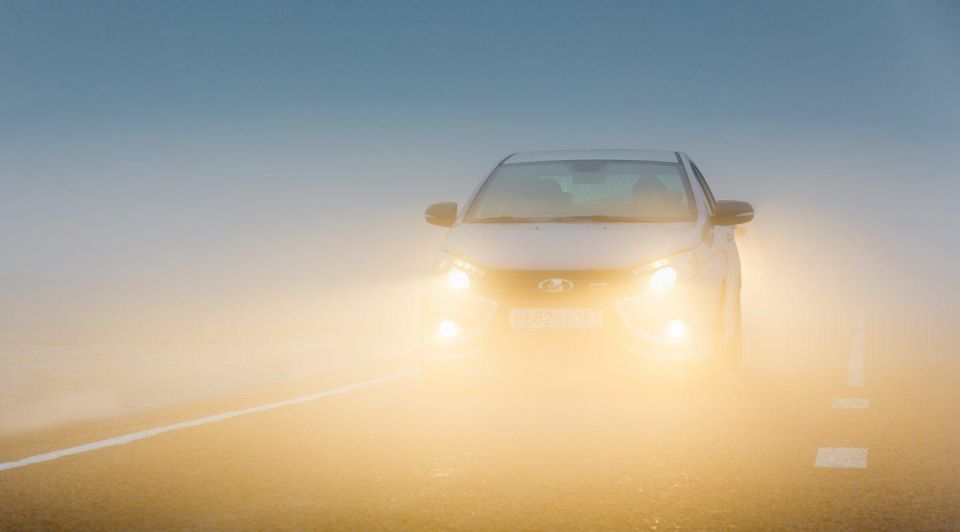
The paperwork also says “do not drive with both headlights and fog lights at the same time”, and that “driving a motor vehicle with both headlights and fog lights operating is an offence” because they should not be used in conjunction with any light “greater than 7 watts and capable of showing white light to the front”.
Get caught doing so, it’ll cost you $100 and one demerit point.
“Front and rear fog lights must only be used in fog or rain, or when conditions such as smoke and dust limit your vision,” states the NT road users handbook.
“It is a legal requirement that once conditions improve and you can see more clearly, the front and rear fog lights are switched off.”
The ACT has a policy in place for fog light use – which is a good thing, as Canberra is the most fog-plagued state capital in the country.
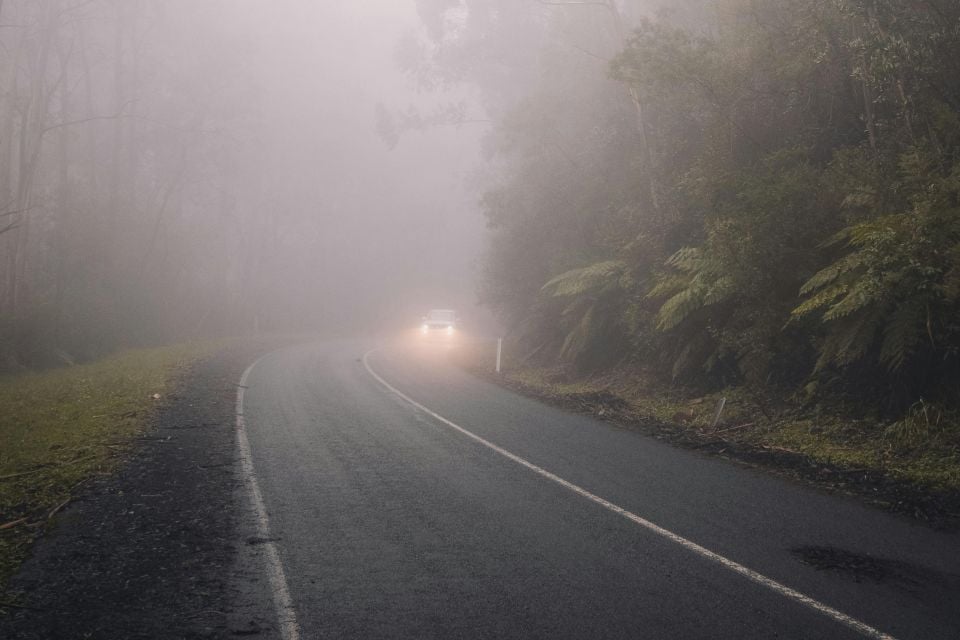
The Territory’s ruling is that for foggies, “the light emitted shall not cause discomfort by reflecting off any of the vehicle’s surfaces into the driver’s eyes”, and the driver “of a motor vehicle fitted with front or rear fog lights must not operate them unless the driver is driving in fog or other hazardous weather conditions causing reduced visibility”.
Do it wrong, get caught, and you’ll cop a $213 fine.
Tasmanian rules state that fog lights “must be aligned to the front of the vehicle so as not to cause undue dazzle or discomfort to oncoming drivers and other road user”, and they may “only emit white or yellow light” and “be able to be switched on and off independent of the high and low beam headlamps”.
The state’s road safety advisory council says “a driver is only permitted to use fog lights if driving in fog, mist or other atmospheric condition that restricts visibility”.
Use either your front or rear fog light at the wrong time, and it’ll cost you $146.25 if the police nab you for it.
Not intended as legal advice. Check with the relevant roads authority in your state or territory.
Matt has more than a decade of experience in automotive journalism, and loves exploring the pros and cons of new cars, delving into deep-dive industry stories, and going for a drive just for the fun of it.


Max Davies
6 Days Ago
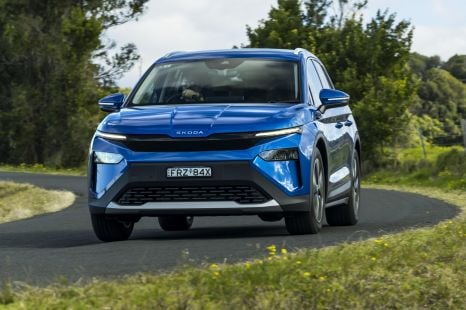

Josh Nevett
4 Days Ago
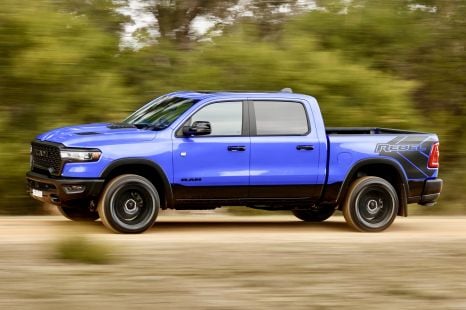

Max Davies
4 Days Ago
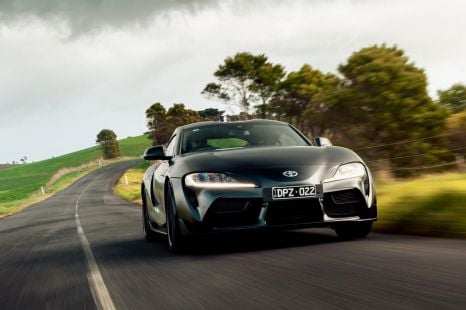

Max Davies
3 Days Ago
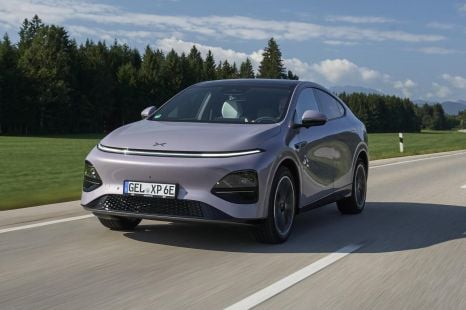

Neil Briscoe
2 Days Ago


William Stopford
1 Day Ago